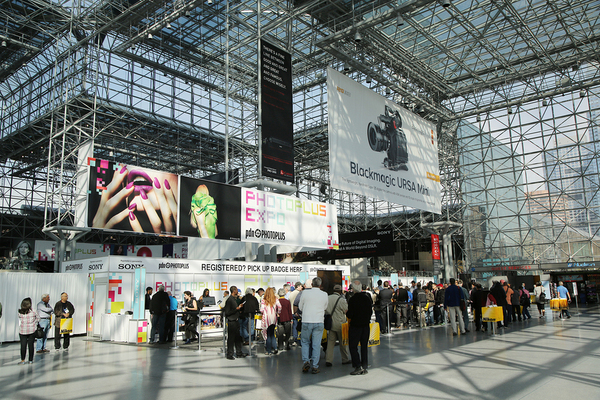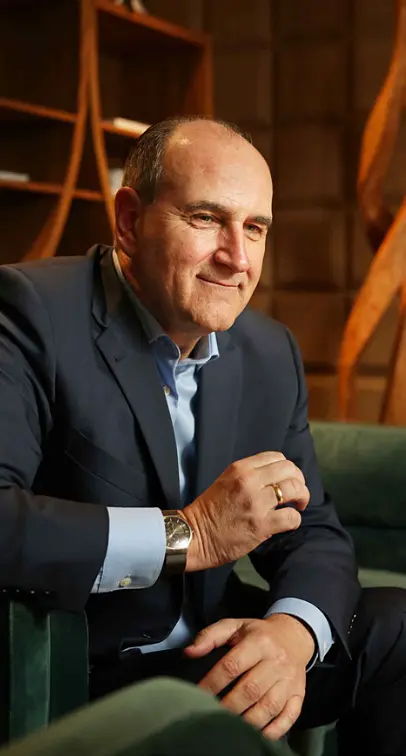THE WORLD’S #1 EXECUTIVE COACHING AND BUSINESS COACHING BLOG SINCE 2017.
What Audiences Will Expect from Keynote Speakers in 2020
The meeting and event industry is growing and that’s good news for keynote speakers.
More events mean more demand for keynote speakers.
According to figures from the Bureau of Labor Statistics (BLS), the meeting and event industry will grow by around 11% through the year 2026, and many of these events will require keynote speakers.
At the same time, however, budgets for events are growing more slowly. This may require keynote speakers to adapt by taking speaking jobs closer to home, booking multiple events in a given region to save on travel costs, or otherwise keep their own budgets tight.
Nonetheless, the outlook is positive for keynote speakers, particularly in light of one trend of audiences preferring experts with insights to speakers booked based on celebrity status. Here are some of the main trends in audience expectations for keynote speaker as we enter 2020.
What Audiences Want Most Are Actionable Takeaways
Return on investment applies not just to money, but to time. Audiences want to attend keynote events that will change how they think and behave. This means that keynote speeches must highlight transformation and deliver clarity. Making keynote speeches actionable and giving audience members key takeaways that they can begin using as soon as they exit the venue is a practice that can help keynote speakers book more events in 2020 and beyond.
Audiences Are More Interested in Experts and Specialists
Motivational speakers are still important, but there is a trend toward motivational speeches being tailored for defined audiences. For example, a motivational speaker who specializes in motivational speeches for nurses (or for anthropologists, uniformed police officers, real estate agents, etc.) is likely to be in greater demand than a generalist motivational speaker. This trend may require some motivational speakers to revisit their speeches and learn to tailor them to specific audiences.
They Are Comfortable Using Technology During Keynote Presentations
Augmented reality is working its way into more presentations as technology advances.
People are comfortable using technology, and they’re happy to use it during keynote speeches. Smartphone apps for instant polling are an example of technology used during keynote speeches. Some speakers are incorporating augmented reality into their speeches. Imagine a giant QR code on a screen that interested audience members could scan with their phones to instantly be presented with more in-depth information.
Engagement and Participation Are Considered Normal
No longer do audiences want to sit back and let keynote speeches wash over them. People want to participate through question and answer sessions, audience participation, polls, and other interactive elements. The keynote speaker who is skilled at inspiring audience participation will enjoy more success in 2020 and beyond than the speaker who expects a passive audience. Engagement and participation are key elements of the “ROI” audiences now expect from the keynote experience.
Bear in mind that all the elements that made for good keynote speeches in the past are every bit as important as they always were. Speeches must be well-crafted and delivered by someone with a captivating presence. They must cover interesting material rather than just rattle off facts.
The difference is that people expect far more than a speaker who stands still in front of a series of PowerPoint slides. They want a dynamic presence who takes them on a mental journey and who helps them discover not only new developments or breakthroughs but new ways of looking at things. Sure, technology is important, but only if it serves to enhance the material the speaker is delivering.
Today’s keynote speaker must have expertise and skill as well as the flexibility to understand the audience and deliver an experience that is tailored to that audience. It’s a lot to demand, but the keynote speakers who are able to fulfill these expectations are the ones who can count on continued success as we enter a new decade.





